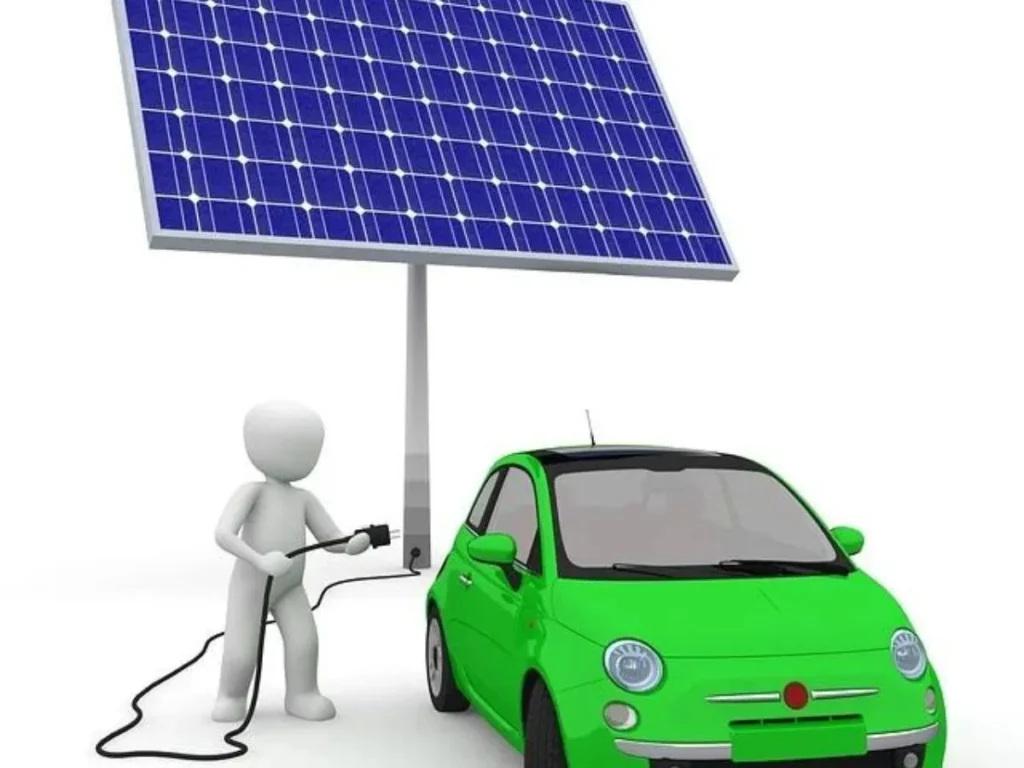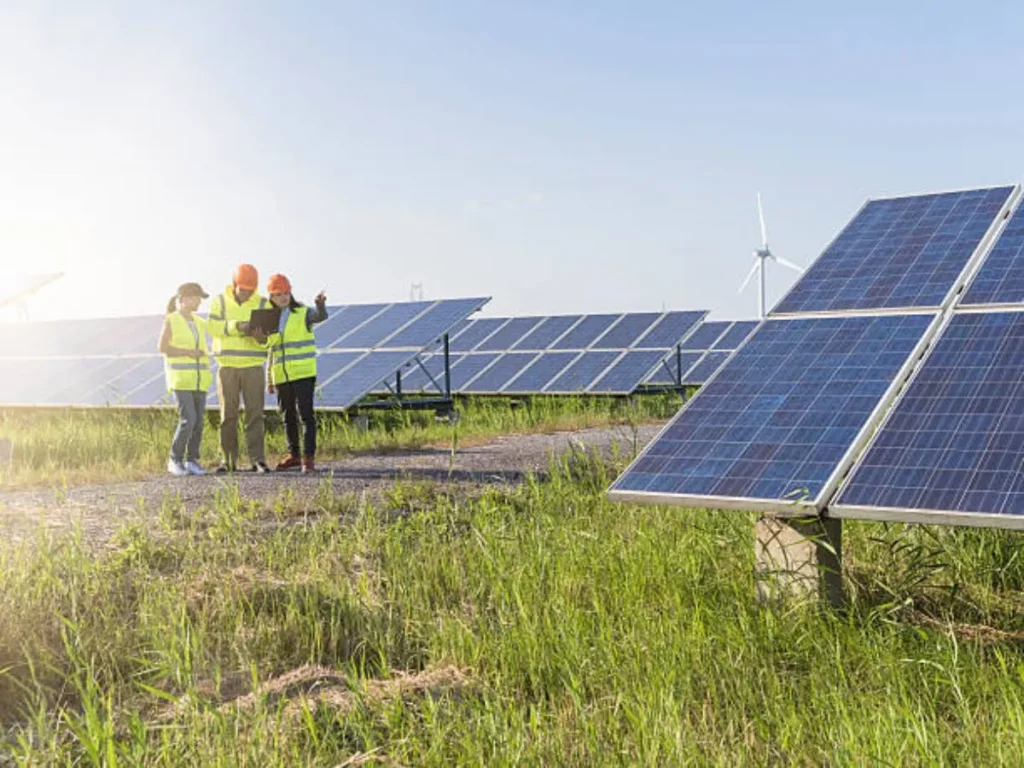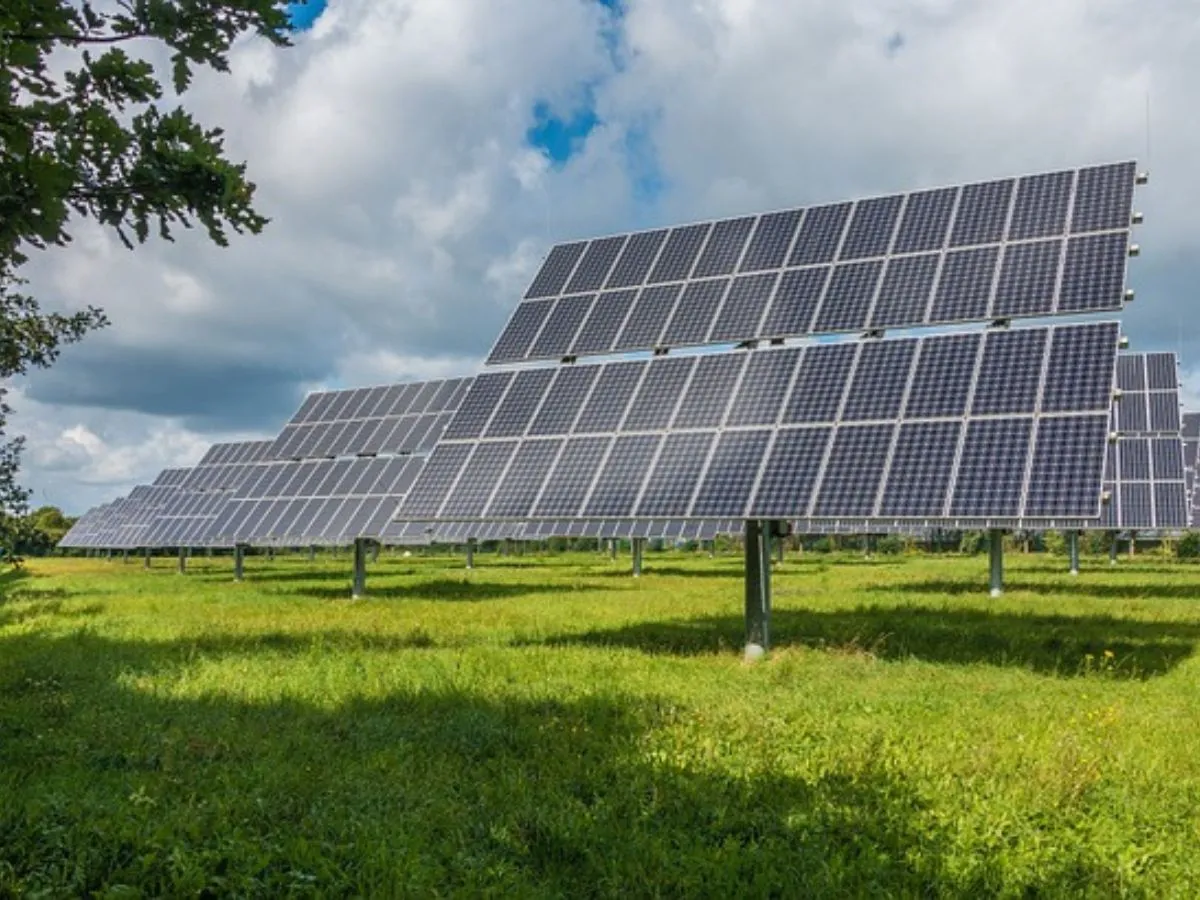Solar panels are a modern innovation of engineers, offering a sustainable solution to reduce electricity consumption. With traditional sources such as water and coal depleting over time, there is a growing need for alternative methods of generating electricity. XCV panels emerge as the best alternative. To understand how this specific “XCV Panel” works in detail, it would be essential to delve into the specific design, materials, and technology used in its construction, as well as any unique features that set it apart from conventional solar panels.
What is XCV Panel?
The idea of small photoelectric cells connected within the panel aligns with typical solar panel construction, where photovoltaic cells capture sunlight and convert it into electricity. These panels harness solar energy efficiently, providing a renewable and eco-friendly source of power. As a modern and advanced technology, XCV panels have the potential to address the increasing demand for electricity while contributing to the reduction of dependence on depleting resources.
Types of XCV Panels:
- Standard
- Enhanced
- Premium
XCV Panel Features:
1. Efficient Electricity Conversion:
XCV Panels are really good at turning sunlight into electricity. They have a special design that makes sure we get a lot of power from the sunlight that hits them. This means more electricity for homes or businesses.
2. Easy to Use and Control:
These panels are made to be simple for people to control. You can easily manage and see how well they’re working. This makes it easy for homeowners or businesses to adjust things to get the most energy from the sun.
3. Works Well in Different Places:
XCV Panels are like all-around players; they work in many different environments. Whether it’s a sunny day or a bit cloudy, these panels still do a good job. This makes them a good choice for places with changing weather.
4. Small but Powerful Cells:
Inside these panels, there are tiny cells that grab the sunlight and turn it into power. Even though they’re small, they’re really good at their job. This design helps make the whole panel efficient and powerful.
5. Choose What Fits Your Needs:
There are different types of XCV Panels. You can pick the one that fits your needs the best. If you want something basic that gets the job done, there’s a standard option. If you want more features and power, there are enhanced and premium choices. It’s like choosing the best tool for the job.
Applications of XCV Panel:

- Powering Homes: XCV Panels are great for making electricity for homes. When you put these panels on the roof, they catch the sunlight and turn it into power. This power can then be used to run lights, appliances, and other things in the house. It’s like having your own little power plant on the roof.
- Running Small Businesses: Small businesses can use XCV Panels to make their own energy. Imagine a shop or a small office using the power of the sun to run computers, lights, and machines. It’s not just good for the environment; it also helps businesses save money on electricity bills.
- Charging Gadgets and Devices: XCV Panels can be used to charge gadgets and devices. Imagine having a solar panel that you can carry with you. You leave it in the sun, and it charges up. Later, you can use that stored energy to charge your phone, tablet, or other gadgets. It’s like having a sun-powered charger!
- Providing Electricity in Remote Areas: In some places, it’s hard to get electricity from power lines. XCV Panels can be a solution. They can be set up in remote areas to make electricity where it’s needed. This is really helpful for people who live far away from cities or towns.
- Running Outdoor Lights and Tools: XCV Panels can be used for outdoor lights in gardens, parks, or along pathways. They can also power tools for outdoor work. Instead of using electricity from the grid, these panels use the sun’s energy, making it easy to have lights or tools in places without access to traditional power sources.
How Does The XCV Panel Work?
The XCV Panel works by harnessing the power of sunlight and converting it into electricity through a process called photovoltaics. Here’s a simplified explanation of how it works:
Photoelectric Cells:
Inside the XCV Panel, there are small photoelectric cells. These cells are made of special materials that react when sunlight hits them.
Sunlight Absorption:
When sunlight falls on the XCV Panel, the photoelectric cells absorb the light energy. Sunlight is composed of tiny particles called photons, and these photons carry energy.
Electricity Generation:
The absorbed sunlight energizes the electrons in the photoelectric cells. This energy causes the electrons to move, creating an electric current. This flow of electric current is what we use as electricity.
Direct Current (DC) Conversion:
The electricity generated by the XCV Panel is in the form of direct current (DC). Direct current flows in one direction, and this is the type of electricity produced by the solar panel.
Inverter Conversion (if needed):
In many applications, homes, or businesses, the electricity needed is in the form of alternating current (AC). Therefore, the DC electricity generated by the XCV Panel may pass through an inverter, which converts it into AC electricity.
Powering Devices or Being Stored:
The converted electricity can then be used to power various devices, appliances, and lights, or it can be stored in batteries for later use. This makes the XCV Panel a sustainable and renewable source of energy.
Alternatives to XCV Panel:
There are several alternative technologies and types of solar panels, as well as other renewable energy sources, that can be considered as alternatives to XCV Panels. Here are a few:
- Traditional Solar Photovoltaic Panels: Conventional solar panels, often made of crystalline silicon, are widely used for converting sunlight into electricity. They come in various forms, such as monocrystalline and polycrystalline panels.
- Thin-Film Solar Panels: Thin-film solar panels use thin layers of semiconductor materials to generate electricity. They are often lighter and more flexible than traditional panels, making them suitable for certain applications.
- Solar Thermal Systems: Unlike photovoltaic panels that convert sunlight directly into electricity, solar thermal systems use sunlight to generate heat. This heat can be used for heating water, producing steam to generate electricity, or even for industrial processes.
- Wind Turbines: Wind turbines harness the kinetic energy of the wind to generate electricity. They are a popular alternative in areas with consistent wind patterns.
- Hydropower: Hydropower involves generating electricity from the movement of water. It can be harnessed from rivers, tides, or ocean currents.
- Biomass Energy: Biomass energy involves using organic materials such as wood, crop residues, or waste to generate heat or electricity through combustion or other processes.
- Geothermal Power: Geothermal power taps into the Earth’s internal heat to generate electricity. This is done by utilizing steam or hot water from beneath the Earth’s surface.
Installation Guide:

Installing solar panels, including XCV Panels, requires careful planning and adherence to safety and regulatory guidelines. Here’s a simplified installation guide:
Before Installation:
- Site Assessment: Evaluate the site where you plan to install the XCV Panels. Consider factors like sunlight exposure, shading, roof condition, and local regulations.
- Permits and Approvals: Obtain necessary permits and approvals from local authorities. Some areas may require permission before installing solar panels.
Installation Steps:
- Roof Preparation: Ensure the roof is in good condition. If needed, repair or reinforce the roof structure to support the weight of the panels.
- Install Mounting Structure: Attach the mounting structure to the roof. This structure provides support for the solar panels. The angle and orientation should optimize sunlight exposure.
- Electrical Wiring: Install the electrical wiring from the panels to the inverter. Ensure proper wiring to prevent electrical issues and ensure safety.
- Inverter Installation: Install the inverter near the main electrical panel. The inverter converts the direct current (DC) generated by the panels into usable alternating current (AC).
- Battery Installation (if applicable): If using battery storage, install the batteries according to the manufacturer’s guidelines. Batteries store excess energy for use during low sunlight periods.
- Connection to the Grid (if applicable): If connecting to the grid, follow guidelines for grid-tied systems. This may involve working with a qualified electrician to ensure compliance with local regulations.
- Panel Installation: Mount the XCV Panels on the prepared structure. Connect the panels using the provided connectors. Ensure proper alignment and spacing.
- Electrical Connection: Connect the panels to the inverter and then to the main electrical panel. Check for any loose connections and ensure all electrical components are secure.
After Installation:
- Testing and Inspection: Conduct thorough testing of the entire system. Check for proper electrical connections, voltage levels, and system performance.
- Final Inspections: Schedule a final inspection, if required by local authorities. This ensures the installation meets safety and regulatory standards.
- Monitoring System: Set up a monitoring system to track the performance of the XCV Panels. This may include software or devices that provide real-time data on energy production.
- Maintenance Guidelines: Follow the manufacturer’s maintenance guidelines. Regularly clean the panels and inspect the system for any issues.
- Educate Users: If applicable, educate users on the proper use and maintenance of the solar panel system. Provide information on safety measures and troubleshooting.
Drawbacks of Xcv Panel:
The actual technology and design of XCV Panels may influence their specific drawbacks. Some potential general drawbacks associated with solar panels that could be applicable to XCV Panels as well include the following:
Initial Cost:
The upfront cost of purchasing and installing XCV Panels can be relatively high. While prices have been decreasing, the initial investment may still be a barrier for some.
Weather Dependency:
Solar panels generate electricity from sunlight, making them weather-dependent. Overcast days or lack of sunlight can reduce energy production, impacting the reliability of the system.
Space Requirement:
Solar panels require a significant amount of space to generate a substantial amount of electricity. Homes with limited roof space may not be able to install a sufficient number of panels to meet their energy needs.
Energy Storage Challenges:
XCV Panels may not inherently include energy storage solutions. Storing excess energy for later use may require additional equipment like batteries, adding to the overall cost and complexity of the system.
Research Centers for XCV Panel Development:
- National Renewable Energy Laboratory (NREL)
- Massachusetts Institute of Technology (MIT) – Photovoltaics Research Laboratory
- Stanford University – Global Climate and Energy Project (GCEP)
- Fraunhofer Institute for Solar Energy Systems ISE
- Solar Energy Research Institute of Singapore (SERIS)
Future of XCV Panel:
Technological Advancements:
Ongoing research and development could lead to technological advancements that enhance the efficiency, durability, and cost-effectiveness of XCV Panels.
Integration with Energy Storage:
Future developments might focus on integrating XCV Panels with advanced energy storage solutions, allowing for better management and utilization of the generated solar energy during periods of low sunlight.
Smart Grid Integration:
XCV Panels could potentially be part of a smart grid system, allowing for more efficient distribution and consumption of solar energy on a broader scale.
Environmental Sustainability:
Continued emphasis on sustainability and environmental considerations may drive the development of eco-friendly manufacturing processes and materials for XCV Panels.
Market Adoption:
The future success of XCV Panels would depend on their adoption in the market. Factors such as cost, regulatory support, and consumer acceptance could influence their widespread use.
Collaboration and Partnerships:
Collaboration between research institutions, industry players, and government bodies could accelerate the development and deployment of XCV Panel technology.

